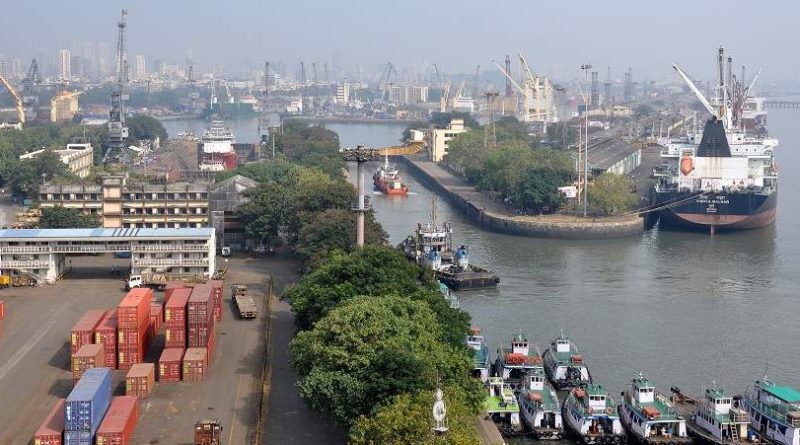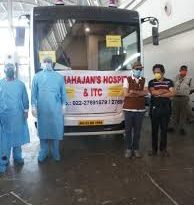Mumbai Port Trust – Multiple Issues, No Easy Solutions
By, Anuj Puri, Chairman – ANAROCK Property Consultants
No discussion about Mumbai’s notoriously land-starved real estate market is complete without mentioning the massive tracts of land held by various Government and non-Government agencies and bodies. Arguably, Mumbai Port Trust (MbPT) is currently one of the largest landowners in the country’s otherwise land-scarce financial capital.
Mumbai Port Trust owns nearly 1,900 acres of commercially useable prime land in south and south-central Mumbai along the sea-facing eastern coast. If put to good use, this large tract of land can help considerably in solving the city’s immense housing shortage.
Initially either oblivious or indifferent to its real worth, the port authorities have now realized that they sit on a veritable goldmine that can fetch massive capital. However, it is definitely not as easy as it may appear since many are now trying to capitalize on this precious land.
Some existing lessees are refusing to vacate the leased premises – even post expiry of their lease period of 100 years – or even allow the rentals to be hiked to match the current market rates. Others are engaged in long-drawn court cases commissioned by either party.
Either way, it is a fact that prime land in the heart of the city is lying unused to its best potential, despite the industry constantly harping on the housing shortage in the city’s heartland.
Issues – More Complex than Ever
The land of MbPT, a central government facility under the Union Ministry of Shipping, is increasingly appearing on the radar of the state government or the BMC for affordable housing. After all, this are prime land parcels. How far the State’s plans will actually be implemented even if they do get a share of the land is another big question.
Nevertheless, seeing the commercial viability of the land, the port trust in 2018 refused to relinquish a portion of its precious land on the eastern waterfront to the BMC. Instead, it planned to turn the land into a commercial development with sea terminal, water tourism, central business and finance districts, hotels, business offices etc. – leaving a mere 10-11% of land for affordable housing.
Paradoxically, if we consider the rejuvenation/development of port cities in developed countries like US and UK, a major emphasis has been given to affordable housing.
The authorities’ refusal last year to give away land for affordable housing also flies in the face of their assurances to the BMC during the formulation of the Mumbai Development Plan 2034. The result is that, just like the earlier mill lands being converted into prime residential and commercial hubs for the limited few, the port land will also see similar fate – if the various issues surrounding it are resolved at all.




